If you believe these events happened exactly as portrayed in the film, then Ariel Phenomenon offers a doorway to a new worldview. In that case, the film makes a powerful argument that our reality is teeming with untold wonders.
But I also understand if the film’s content sends you spiralling into an existential crisis.
If you watch Ariel Phenomenon with a skeptical eye, it’s impossible to dismiss the interviewees’ lived experiences. There is no doubt the people in the movie encountered something that rocked them to their cores, altering the very fabric of their being. Through this lens, the film becomes a fascinating case study of how mass hysteria encases fluid memories in the rock-hard amber of belief.
No matter how you slice it, director Randall Nickerson’s riveting documentary delivers a soul-wrenching experience.
Ariel Phenomenon Interview with Randall Nickerson
In September 1994, something unexplainable happened in Ruwa, Zimbabwe. Children at the Ariel School played outside while the adults held a staff meeting indoors. The kids noticed a metallic, disc-shaped craft silently descend from the sky and land in the woods just beyond the school’s property.
Some curious students chased after the craft for a closer look. Two child-sized creatures with skin-tight black suits emerged from the vessel, moving in unnatural ways. Some of the kids described them as blinking in and out of existence. Others described fluid, floaty movements as if gravity had no hold on them.
The students who made eye contact with the creatures describe being unable to look away, seemingly locked in a trance. These kids also claim to have received telepathic messages from the beings, telling them to take better care of the planet.
The children, aged 6-12, ran inside screaming, and naturally, the school’s staff didn’t believe a word the kids said. Eventually, the kids were split up and told to draw what they saw. To the adult’s surprise, they all drew similar images of flying discs and small, bug-eyed beings with large heads.
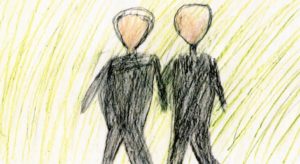
The BBC and some of the world’s top UFO experts were brought in to investigate the case. Although hard to believe, the children’s stories seemed authentic. And now, decades later, the children have grown up, and their accounts haven’t changed.
What’s most remarkable about the film – aside from the incredible story – is that Nickerson hunted down a wealth of footage recorded soon after the encounter. He packs the film with clips of the students, teachers, and investigators discussing what happened.
Even the world’s most close-minded skeptics will have difficulty denying the children’s sincere testimonies. They may not believe in UFOs, but they’ll tie themselves in knots making sense of what could have happened to these kids.
What’s notable is that we’re not talking about 5 or 6 kids who conspired to get some attention. Over 60 children witnessed the event and detailed similar accounts of what happened. All the details of each story don’t entirely mesh, which is not the case when people develop a made-up story.
When people make up stories, everyone repeats the same fabricated details. Little details from the students’ accounts don’t line up perfectly, much like what happens when people experience a car accident from different vantage points. Someone says the car ran a red light, and someone else claims it ran a yellow light, but they all agree it plowed through the intersection.
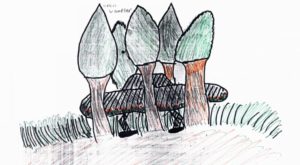
The doc gives viewers a lot to process, so Nickerson anchors the movie in a few key subjects, chiefly Emily Trim. Trim was one of the school children who witnessed the encounter. Soon after the event, her family packed up and moved to Canada. Nickerson follows Trim as she returns to the Ariel School to help her make peace with her memories.
Focusing on Trim further humanizes the story. It’s easy to look at the Ariel incident as an exciting event. But for the children who were there, the experience was a burden. They grew up wrestling with feelings of confusion, self-doubt, and fear of ridicule. Some of them buried the incident and refused to share it with their significant others to this day.
Trim’s presence in the film forces viewers to confront how the event’s impact has reverberated through the kids’ lives. She processes what happened that day by creating art, and she’s produced a body of work inspired by her otherworldly encounter. Trim channels her complicated feelings onto canvases, creating physical depictions of her inner turmoil. It’s as close as we’ll ever get to being inside these experiencers’ heads.
Cameraman and producer with the BBC Tim Leach is another of the doc’s key figures. He was a seasoned war photographer who witnessed unspeakable atrocities on the battlefield. The unflappable vet had seen it all, but the Ariel case left him rattled. It’s one thing to see the footage of the kids describing what they saw. But Leach was there in person. Seeing a cynical journo like him gobsmacked speaks volumes.
And then there’s John Mack, a legendary figure in ufology worthy of a documentary unto himself.

Mack was a Pulitzer Prize-winning author and head of the Harvard Medical School’s department of psychiatry. When Mack began studying ufology, specifically alien abductions, his career took a hit. Harvard didn’t take kindly to Mack besmirching their institution with his Woo research.
Upon learning of the Ariel incident, Mack packed up and flew to Zimbabwe to investigate while the case was still hot. Nickerson spends a significant portion of the movie profiling Mack and his contribution to the case. Mack’s efforts helped the children and their families make sense of the encounter while giving this hard-to-believe case a credibility boost. Without Mack, the Ariel encounter could have dropped off the radar like so many other UFO sightings.
Mack once asked, “Why is it that we tend to want to shrink this powerful phenomenon to our notions of reality rather than being able to stretch ourselves to expand what we know and admit that we don’t know.”
Here’s the answer. People prefer to opt into the worldview that comforts them. Some people believe in literal angels and demons. Some people see other races as beneath them. They’re both ways of finding meaning and order in a chaotic universe.
The critical question here is how do we react when presented with information that doesn’t fit our worldview? Was the Catholic church willing to gaze through Galileo’s telescope? What happened to all those crotchety old men who were certain the world was flat? Did they change their mind when presented with facts? No. They died off ignorant of a reality staring them right in the eye.
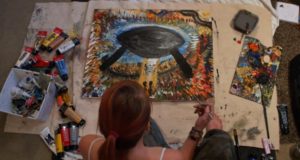
I don’t have to point out the many ways our society is still living in denial. The key here is figuring out which cold hard truths we ignore because they make us uncomfortable.
I’ve had a lifetime of experiences reinforcing who I am and what I believe. I’m a son, an uncle, a loving partner, a writer, and a curious human being. What would I do, what would any of us do, when faced with an experience that demolishes what we believe in the deepest trenches of the soul? Are we brave enough to pull on that dangling thread until you completely unspool the person you thought you were? Or would you go through the mental gymnastics required to convince yourself, I’m good, nothing needs to change?
Ariel Phenomenon challenges viewers on a primal level. The film forces us to wrestle with where we stand in the higher intelligence pecking order.
I get it if that idea scares you. I understand if you write this story off without even watching the film.
But ask yourself why you feel so strongly about the subject. Is it because you’re more rational than the 60 schoolchildren who witnessed something unexplainable? Or because you’re drawn to the same comforts that led so many to the wrong side of history?
Ariel Phenomenon is now available to purchase and rent at here.

Let me know your thoughts about Ariel Phenomenon on Twitter and in the comments below. If you enjoyed this review, please help out the site by sharing it on social media. And keep coming back to VSR for new reviews, interviews, and videos.
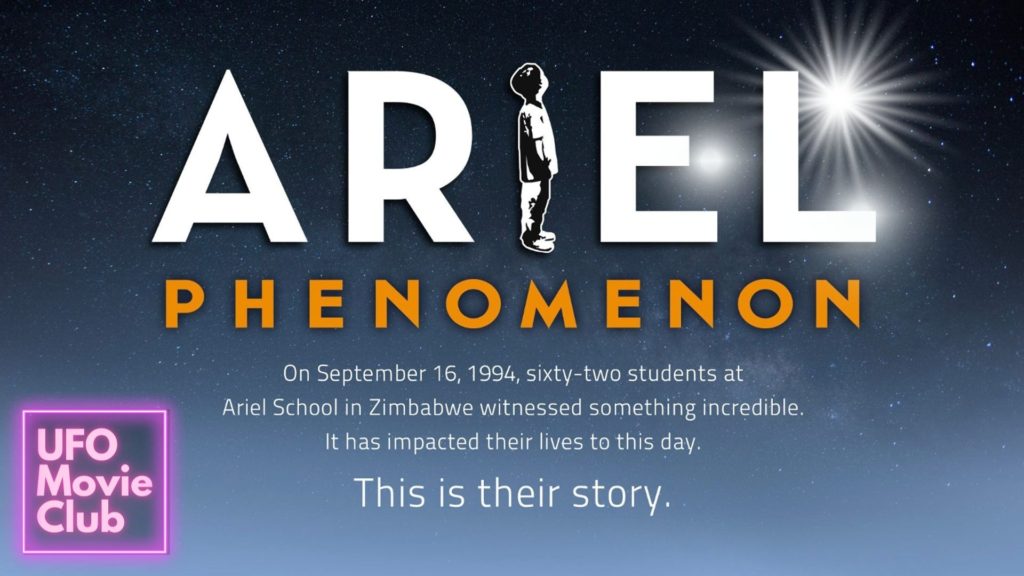
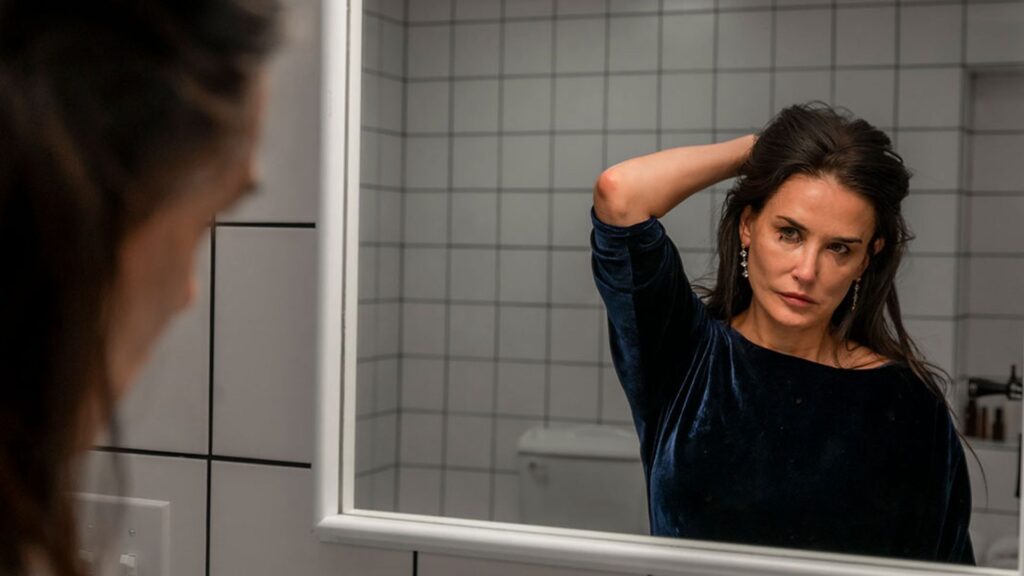
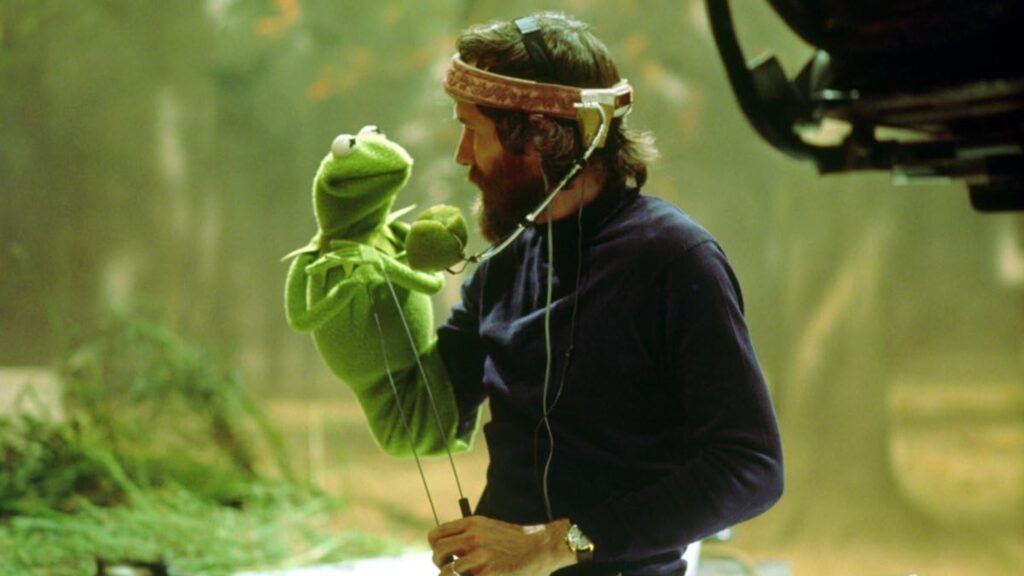
Pingback: Wendy's Coffeehouse